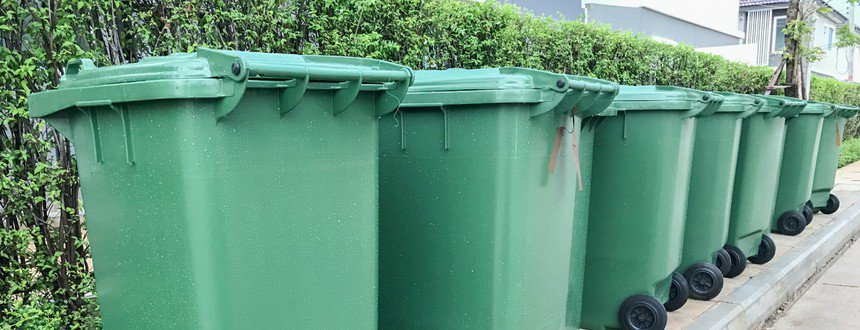Solid Waste - Key Elements of the Law

Key Elements of the Law:
Why Organics? Mandatory recycling of organic waste is the next step toward achieving California’s aggressive recycling and greenhouse gas (GHG) emission goals. California disposes approximately 30 million tons of waste in landfills each year, of which more than 30 percent could be used for compost or mulch (see the 2014 Waste Characterization Study). Organic waste such as green materials and food materials are recyclable through composting and mulching, and through anaerobic digestion, which can produce renewable energy and fuel. Greenhouse gas (GHG) emissions resulting from the decomposition of organic wastes in landfills have been identified as a significant source of emissions contributing to global climate change. Reducing the amount of organic materials sent to landfills and increasing the production of compost and mulch are part of the AB 32 (California Global Warming Solutions Act of 2006) Scoping Plan. For more information on the connection between the waste sector and California’s GHG emission reduction goals, please see CalRecycle’s Climate Change page.
Implementation Dates and Thresholds:
The law phases in the requirements on businesses, including multifamily residential dwellings that consist of five or more units,* over time based on the amount and type of waste the business produces on a weekly basis, with full implementation realized in 2019. Additionally, the law contains a 2020 trigger that will increase the scope of affected businesses, if waste reduction targets are not met. The implementation schedule is as follows:
- January 1, 2016: Local jurisdictions must have an organic waste recycling program in place. Jurisdictions must conduct outreach, education to inform businesses how to recycle organic waste in the jurisdiction, and monitoring to identify those not recycling and inform them of the law and how to recycle organic waste.
- April 1, 2016: Businesses that generate eight cubic yards of organic waste per week must arrange for organic waste recycling services.
- January 1, 2017: Businesses that generate four cubic yards of organic waste per week must arrange for organic waste recycling services.
- January 1, 2019: Businesses that generate four cubic yards or more of commercial solid waste per week must arrange for organic waste recycling services.
- Fall 2020: CalRecycle will conduct formal reviews of each jurisdiction to see how well the organics recycling program is going and how much waste is being diverted from going to a landfill.
- Summer/Fall 2021: If CalRecycle determines that the statewide disposal of organic waste in 2020 has not been reduced by 50 percent of the level of disposal during 2014; the organic recycling requirements on businesses will expand to cover businesses that generate two cubic yards or more of commercial solid waste per week.
*Note: Multifamily dwellings are not required to have a food waste diversion program.
Related Resources:
CalRecycle offers many resources on their Mandatory Commercial Organics Recycling webpage. Click the embedded link above to go to that page or click the links below to get to their specific resources:
- Frequently Asked Questions (FAQs): This FAQ provides CalRecycle's responses to frequently asked questions from stakeholders about the requirements of commercial organic recycling under AB 1826.
- Food Scraps Management: Provides information by generator (e.g. Hotels, Health Care Industry, Events, and Colleges).
- US EPA's Reducing Wasted Food & Packaging Toolkit: The free toolkit includes a PDF guide and a tracking tool (Excel spreadsheet) to help food service facilities identify and implement opportunities to reduce food and packaging waste, which saves money and reduces environmental impacts.
- California Department of Food and Agriculture Environmental Stewardship Healthy Soils Initiative
